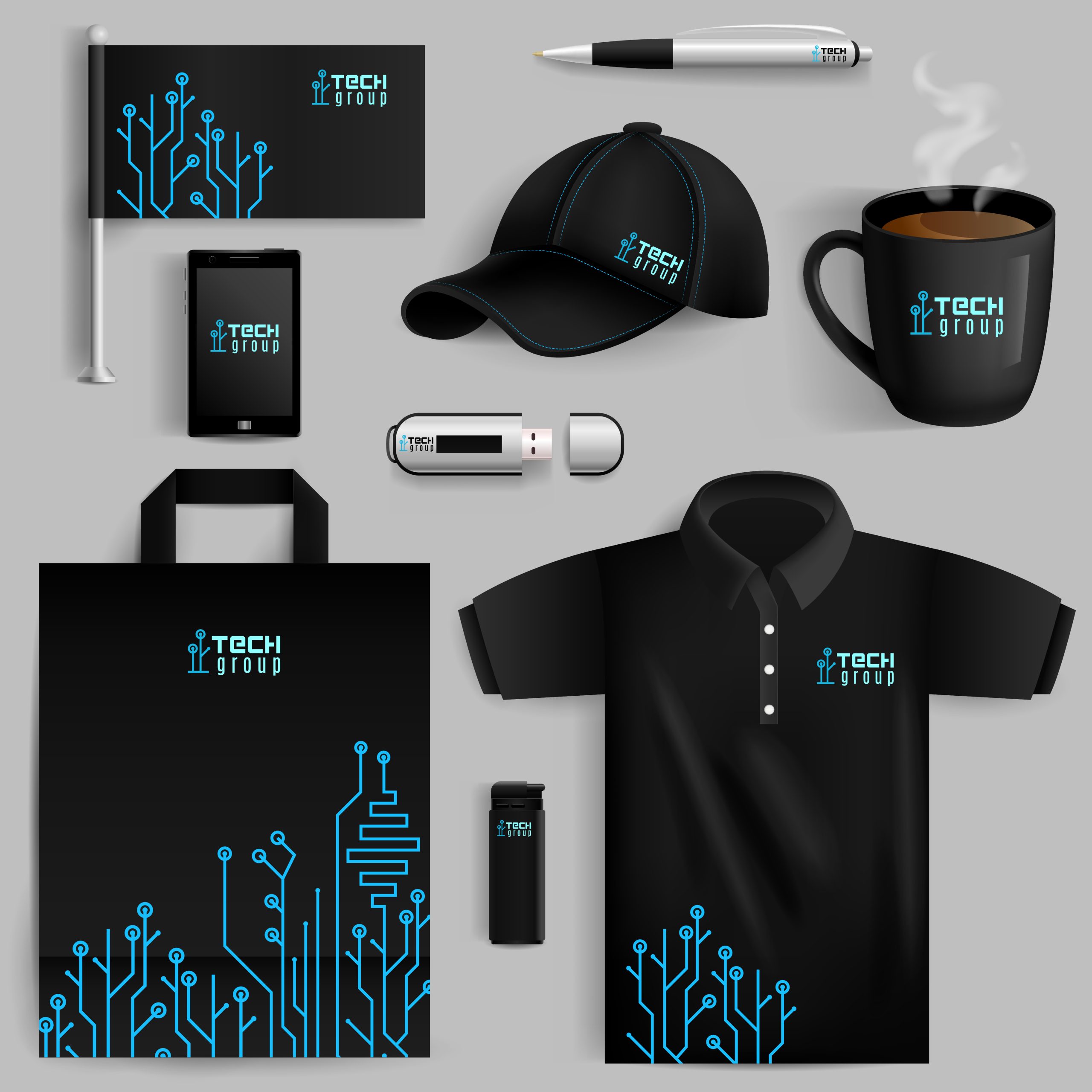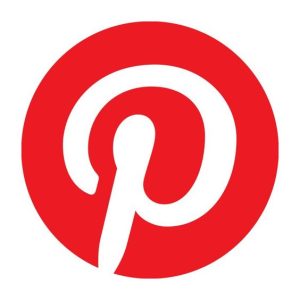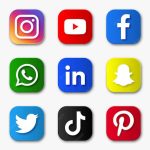At Good Story Blog, we love sharing stories that inspire, inform, and connect people. Our goal is to give you interesting and useful content on topics that matter to you.

In today’s competitive market, businesses are constantly seeking innovative ways to stand out and engage their audience. One effective strategy that has gained significant traction is the use of promotional products. These items, ranging from branded pens and mugs to eco-friendly bags and tech gadgets, offer a unique way to increase brand visibility and foster customer loyalty. But how effective are promotional products in marketing?
What Makes Promotional Products Effective?
Promotional products hold a unique position in the marketing landscape due to their tangible nature. Unlike digital advertisements that may be easily ignored, physical items leave a lasting impression. Here are some key reasons why promotional products are effective:
Increased Brand Recognition
Promotional products serve as constant reminders of your brand. When customers use or see your branded items regularly, it reinforces brand awareness and recognition. A study by the Promotional Products Association International (PPAI) found that 79% of people can recall the branding on a promotional product they received in the past two years.
Long-Lasting Impressions
Unlike traditional advertisements that may last only seconds, promotional products can have a prolonged presence. Items like tote bags or drinkware are often used daily, keeping your brand in front of customers for an extended period. This longevity translates into a greater return on investment over time.
Enhanced Customer Loyalty
Giving customers something of value fosters a sense of appreciation and strengthens brand loyalty. According to the PPAI, 83% of people like receiving promotional products, making them an effective way to nurture relationships with existing customers.
Cost-Effective Marketing
Promotional products can be surprisingly cost-effective, especially when purchased in bulk. The PPAI also notes that promotional products have a lower cost-per-impression than many digital marketing strategies, making them an attractive option for businesses with limited budgets.
Versatility Across Campaigns
Promotional products can be used in various marketing campaigns, whether for trade shows, corporate events, product launches, or customer appreciation initiatives. Their versatility allows businesses to tailor their promotional efforts to specific audiences and occasions.
Understanding Return on Investment (ROI)
Measuring the ROI of promotional products can be complex, but it is crucial for evaluating their effectiveness. Here are some ways to assess the ROI of your promotional product campaigns:
Track Engagement Metrics
Monitor customer engagement after distributing promotional products. Look for increases in website traffic, social media interactions, or inquiries about your business. These metrics can help indicate the effectiveness of your promotional items.
Assess Sales Impact
Compare sales data before and after your promotional product campaign. If you see a significant uptick in sales during or shortly after the campaign, it may suggest that the promotional products contributed to increased customer interest and purchasing behavior.
Customer Feedback
Gather feedback from customers regarding their perceptions of your brand after receiving promotional products. Surveys or direct inquiries can help gauge whether the items made a positive impression and influenced their loyalty.
Calculate Cost-Per-Lead
Calculate the cost of the promotional products against the number of new leads generated. This will provide insight into the cost-effectiveness of the campaign and help determine if the investment was worthwhile.
Comparisons to Other Marketing Strategies
While promotional products are effective, it’s essential to consider how they stack up against other marketing strategies. Here’s a brief comparison:
- Digital Advertising: While digital ads can reach a broad audience quickly, they often have lower engagement rates, with many consumers ignoring banner ads or skipping video ads. In contrast, promotional products create a physical connection that can enhance engagement.
- Print Advertising: Print ads, such as flyers or magazine ads, can be costly and have a limited shelf life. Promotional products, on the other hand, offer a longer-lasting impression and can provide more tangible value to customers.
- Social Media Campaigns: Social media is an excellent tool for engagement but can be fleeting. Promotional products serve as a physical reminder of your brand, reinforcing the message communicated through digital platforms.
Promotional Products Are Not Just Giveaways
Promotional products are powerful marketing tools that can significantly enhance brand recognition, customer loyalty, and overall ROI. By understanding their effectiveness and implementing strategic campaigns, businesses can leverage promotional products to achieve meaningful results. As you consider your marketing strategies, don’t overlook the value of tangible items that keep your brand top-of-mind and create lasting impressions with your audience.
Incorporating promotional products into your marketing strategy can be a game-changer, driving engagement and fostering stronger connections with your customers while delivering measurable returns on your investment.









